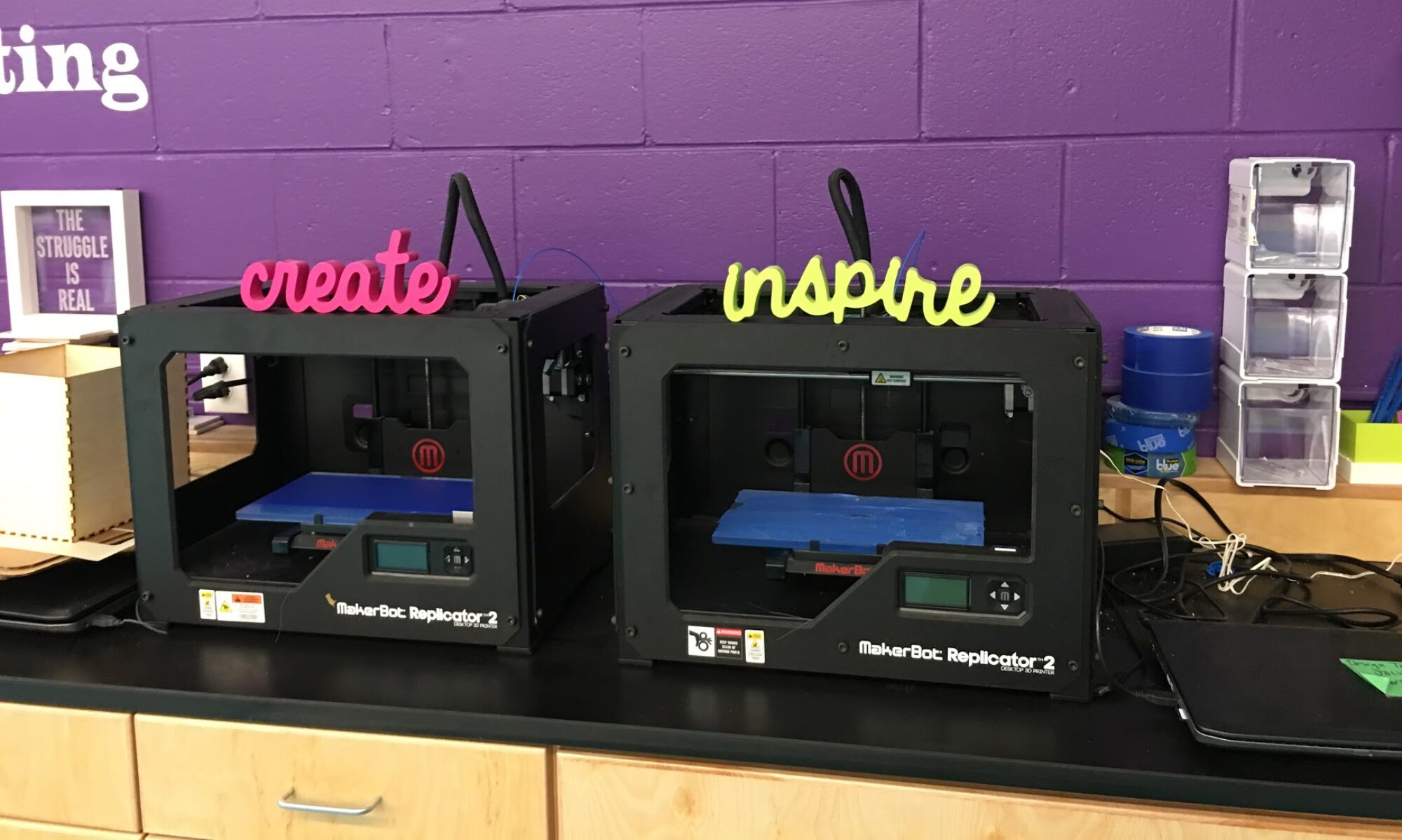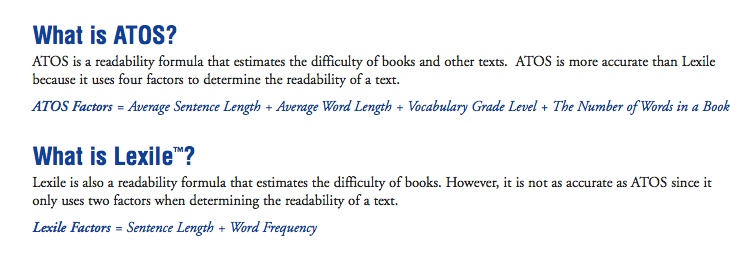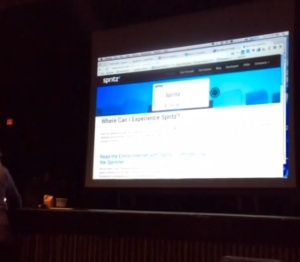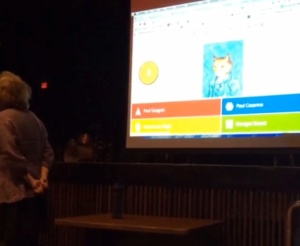The technology cannot thwart us, it can only make us stronger

As many of you are aware, I was out at Harwood Union High School this past week for the Washington West Supervisory Union (WWSU) inservice day, armed to the teeth with iPads, apps, and tips and tricks for integrating technology into the classroom in a thoughtful, comprehensive and device-agnostic way.
Well, Harwood’s wi-fi network took one look at my plans and passed out cold, a victim of shock and awe, I’m sure!
As I have no wish to cause the wi-fi further damage, let me present all my resources to you here in the pages of our very own Tarrant Institute blog.
Personalize reading for different levels and ages with Newsela
I’m all about differentiation in learning, especially reading, so I’m really excited about Newsela, a tool that lets you search for current event articles and read each article by selecting the right text complexity for the reader. That’s right: customize reading levels for students without making it obvious you’re doing so. As we discovered during the breakout session, Newsela customizes the semantic level of content based on lexile level; translated, that means that at the 1200L level, this article on Malala Yousafzai’s Nobel prize contains a discussion of child sexual abuse, but at the 670L level, readers see the issue framed as “not being able to marry who you want to.” A great tool to have in your pocket for doing current events with younger readers.
I recorded this screencast earlier, showing how you can pair Newsela with another of my favorites, the Subtext mobile app to encourage collaboration and make reading a social occasion:
[youtube http://www.youtube.com/watch?v=IvXhLDZdi_4]
Lexile tools for different levels
A couple of other really useful Lexile level tools are available at Lexile.com and this ATOS Analyzer, to help determine text complexity. Grab a paragraph or two of a text, paste it into the tool, and discover the complexity level of said text to help you differentiate reading assignments. Check out a side-by-side comparison of them:
It’s excerpted from this longer white paper comparing the two tools, although written by the makers of the ATOS system, so take that with a grain of salt.
Hack your reading speed with Spritz
Spritz is a Chrome extension that claims to let you speed up your reading while losing none of the retention. It’s an interesting tool for readers who want to push themselves, or for getting readers to interact with the text in a whole new way. Here’s what it looks like in action:
You can add it to your browser toolbar as a Spritzlet bookmarklet. I’d be very curious to hear from any users who give this tool a try with their students.
I can iSpeak Clearly now the wi-fi’s back
Gone are the dark clouds that knocked e-ver-y-one offline. Sing it with me! Or not. Anyway, iSpeak and Clearly are Chrome extensions that vastly improve the reading experience. iSpeak reads the text on any website aloud to you in a nice clear voice (with a customizable accent!). Clearly sweeps away all the distracting non-text bits of a webpage (like ads, for instance!) so that the text can be entirely focused on. Here’s a screencast showing both in action: [youtube http://www.youtube.com/watch?v=KmeDjIJ2PTs]
Read and Write with Google
Read and Write is a Chrome extension that’s incredibly powerful at increasing the accessibility of Google Drive documents. And it’s FREE for educators! Check out this screencast by edublogger powerhouse Richard Byrne:
To get this extension for free, jet on over to Byrne’s site and follow his directions.
Organize your bookmarks in a sharing way with diigo
One of the tools we didn’t have a lot of chance to look at during the workshops is diigo, which I know a few of you use, but which I find indispensible in keeping track of all these tiny gems I find online. I can access my favorites anywhere, and I can share those favorites easily with the groups. Think of the collaborative research opportunities. Check it out:
[youtube http://www.youtube.com/watch?v=QtgdTqZLFYo&hl=en&fs=1]
Kause a Kommotion with Kahoot
I think the morning’s klear winner had to be Kahoot. Kahoot lets you design quizzes where a class full of learners (or an auditorium full of competitive educators) can answer quiz questions in a competitive manner.





All — and I do mean ALL — of the resources @hennesss showed at the #wwsu inservice, curated http://t.co/YVfnR48SQn #VTed
Too much good stuff: a wealth of reading and curation resources for the classroom http://t.co/bcllxpiobG via @innovativeEd
Too much good stuff: a wealth of reading and curation resources for the classroom – Innovation: Education… http://t.co/ItlxsCpw3w
Newsela – search for current event articles and select the right text complexity for the reader! #literacy http://t.co/ga1Xowl8Zb
More…Too much good stuff: a wealth of reading and curation resources for the classroom http://t.co/kBv1vHc5Qo via @innovativeEd #aasl2014